Nepal Makes 97 "Hidden Mountains" Free to Climb
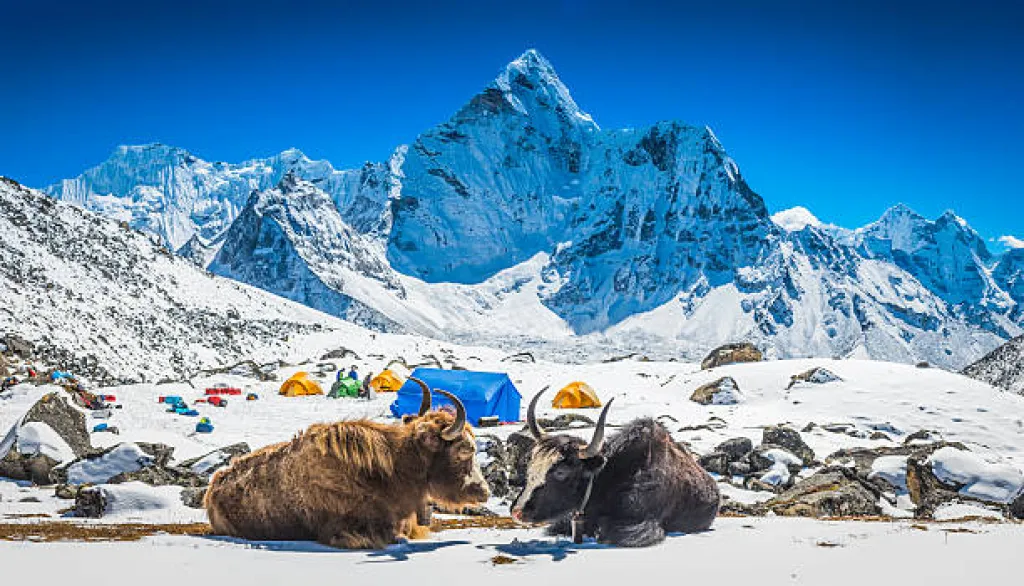
For years, the Himalayas have lived under one headline: Everest. It is the name that launches a thousand expeditions, the summit plastered across newsfeeds and documentaries. Yet, Everest is not the whole story; it is only one character in a sprawling Himalayan epic. This year, Nepal has decided to turn the page.
In a bold move, the government has announced that 97 previously restricted peaks, mostly tucked away in the remote west, are now open to climb completely free of permit fees for the next two years. It is not just policy; it is an invitation to rediscover the Himalayas beyond the crowds. Suddenly, the mountains that once stood in the shadows are stepping into the light, offering climbers a chance to forge new paths and fresh legends.
Nepal Opens 97 Hidden Mountains Free to Climb
Why This Himalayan Shake-Up Matters
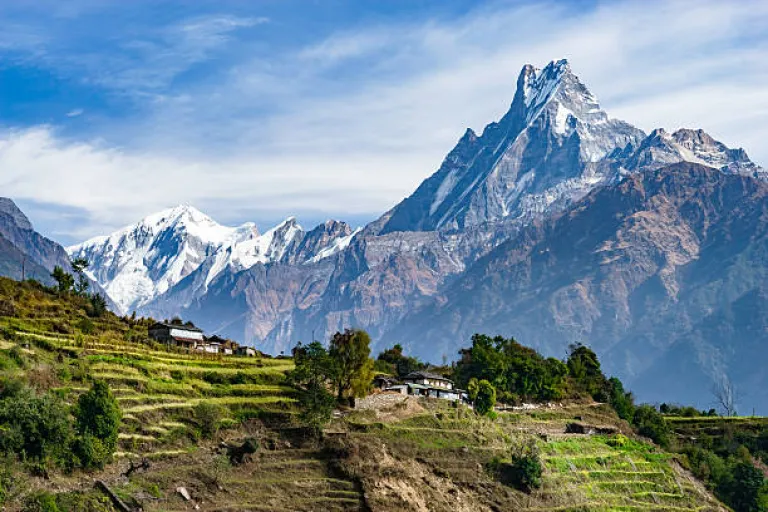 Over the years, Everest has become a victim of its own fame. On busy days, climbers form traffic jams in the death zone, waiting in line for their turn on the summit ridge. Nepal’s officials know this story all too well, and the release of these 97 hidden peaks is an answer to that problem.
Over the years, Everest has become a victim of its own fame. On busy days, climbers form traffic jams in the death zone, waiting in line for their turn on the summit ridge. Nepal’s officials know this story all too well, and the release of these 97 hidden peaks is an answer to that problem.
The reasons are layered:
To relieve Everest of its overcrowding. By drawing climbers elsewhere, the country hopes to spread the weight of tourism more evenly.
To uplift remote communities. These peaks lie in Karnali and Sudurpashchim, regions that rarely see international visitors. If climbers arrive, local economies will thrive, guides, homestays, food suppliers, and porters will all share the benefit.
To let the mountains themselves breathe. By dispersing climbing activity, Nepal is choosing sustainability alongside adventure.
This is more than a tourism strategy. It is an attempt to rewrite the mountaineering story, shifting the focus from one overburdened summit to a whole chorus of untold heights.
Meet the Hidden Giants
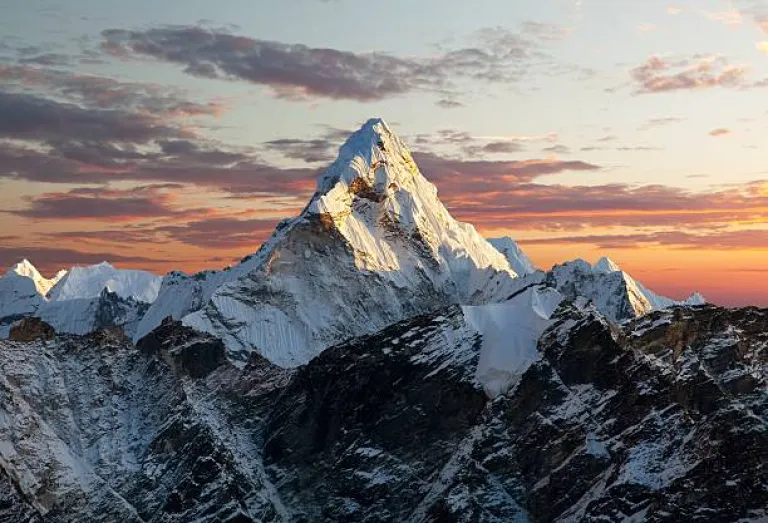 The list of peaks is long and varied, ranging from 5,870 metres to over 7,000 metres, each with its own personality. A few stand out:
The list of peaks is long and varied, ranging from 5,870 metres to over 7,000 metres, each with its own personality. A few stand out:
Api (7,132m): A towering sentinel of western Nepal, remote, dramatic, and long overlooked.
Api West (7,076m): The sibling peak, often gazed at but seldom climbed.
Saipal (7,030m): A sharp, pyramid-shaped marvel that looks like something sculpted by the gods themselves.
Alongside these giants, dozens of smaller but no less challenging peaks rise across forgotten valleys. For climbers, these are blank pages, waiting for first ascents, new routes, and fresh stories.
Adventure Without Shortcuts
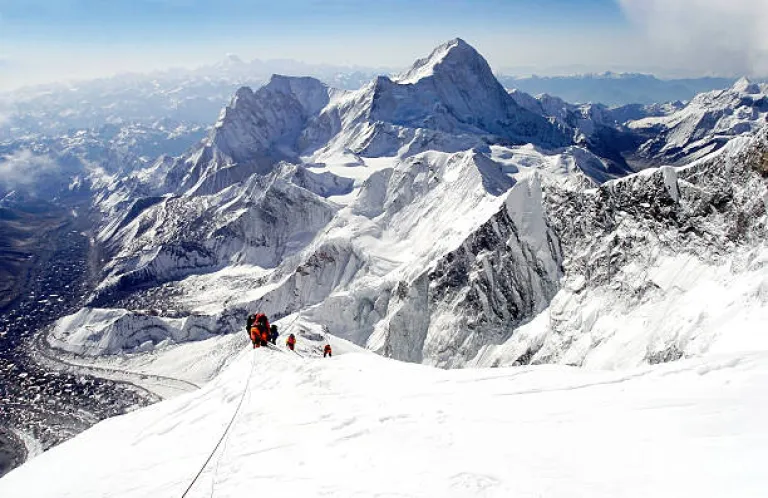
But here is the catch: while the permits are free, the climb is anything but easy. These peaks are not conveniently close to Kathmandu or popular trekking routes. Instead, they require long jeep rides over rough tracks, days of trekking into wilderness, and a willingness to travel where Wi-Fi fades into myth.
Infrastructure is sparse. Lodging might mean a family-run homestay or a tent pitched beneath a glacial moraine. Supplies must be carried in, sometimes on the backs of yaks or mules. This is not Everest’s commercial caravan; this is mountaineering stripped down to its raw essentials.
For some, this challenge will be discouraging. For others, it is the very essence of adventure, the chance to stand on summits where silence still reigns and footsteps are few.
Also read: Indian Tourists Guide to Best Treks in Nepal - 2025
A Strategic Shift in the Climbing World
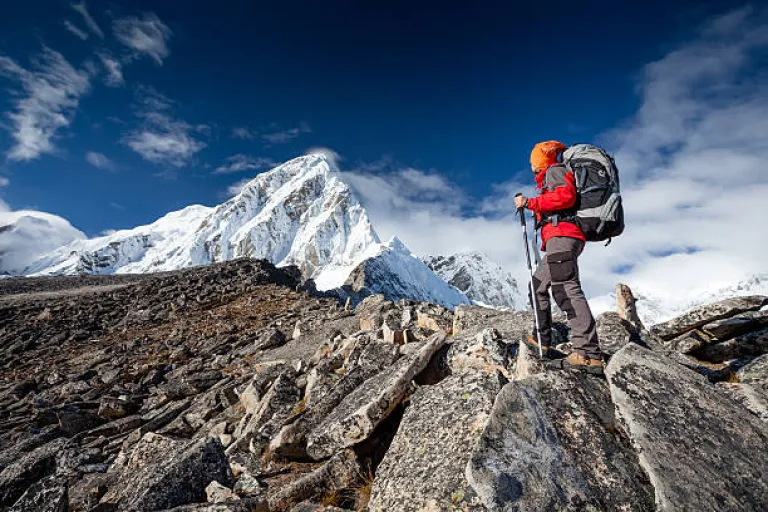
This announcement also aligns with another looming change: Nepal has proposed requiring climbers to first summit a 7,000-metre peak before attempting Everest. That rule has not yet passed, but if it does, these newly opened mountains will serve as natural training grounds accessible, high, and now free.
Meanwhile, Everest’s permit fee is set to rise from $11,000 (around ₹9.2 lakh) to $15,000 (around ₹12.6 lakh) next year, making the free access to these 97 peaks all the more appealing. For climbers, the choice is clear: queue on Everest’s ridge, or carve a trail where no crowd blocks the way.
Choose the Season: The best climbing windows remain April–May and September–November.
Work With Local Experts: Remote as these regions are, guides and agencies who know the terrain are essential.
Train Hard: Isolation, altitude, and self-sufficiency will test even seasoned climbers.
Travel Responsibly: What you carry in, you must carry out. These peaks deserve to remain pristine.
Also read: 15 Offbeat Activities Indian Travelers Miss in Kathmandu, Nepal
A New Chapter in the Himalayas
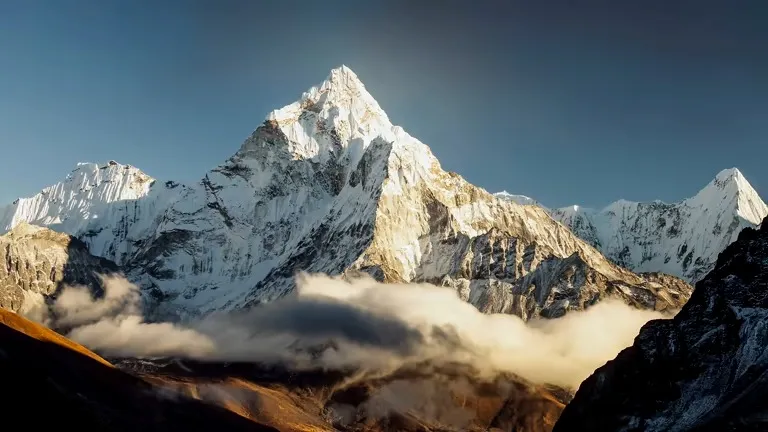 Nepal’s decision is more than administrative, it is poetic. For too long, the world has equated Himalayan adventure with Everest alone. Now, nearly a hundred peaks stand unlocked, like secret chapters waiting for readers who dare to explore them.
Nepal’s decision is more than administrative, it is poetic. For too long, the world has equated Himalayan adventure with Everest alone. Now, nearly a hundred peaks stand unlocked, like secret chapters waiting for readers who dare to explore them.
This is the kind of moment that reshapes adventure. To walk into the wild west of Nepal, to set foot where few have ventured, to stand on summits where no one queues for a photograph, this is the purest form of discovery.
The Himalayas are speaking again, not through the roar of Everest’s crowds but through the whisper of hidden mountains. And for the next two years, they are calling freely to all who will listen.
Published at
About Author
Prerna Dixit
Subscribe our Newsletter
Get our weekly tips and travel news!
Related Posts
10 Amazing New Attractions in Singapore - Indian Travelers Guide 2025
Explore the new yet amazing attractions of Singapore
10 Best European Countries to Visit in 2025
Discover the 10 best European countries to visit in 2025! From Italy and Spain to Greece and Germany, find your perfect European adventure.
10 Best Indian Beaches to Visit Post Monsoon
As the rains recede and golden skies return, India's beaches come alive. Here are 10 of the best coastal getaways to explore after the monsoon in 2025.
10 Best Places to visit in India in July Month
When July whispers in rain and the skies turn theatrical, India transforms into a lush, poetic escape. Here are the 10 best places to visit in India in July to soak in the monsoon magic.
10 Best Places to Visit in the Philippines With Friends for an Unforgettable Adventure
The Philippines offers the perfect backdrop for unforgettable adventures with friends.
Latest Posts
5 Bamboo Cottages in Assam with Tea Estate Views Under ₹3500
Discover five charming bamboo cottages in Assam under ₹3500, offering tea estate views, rustic comfort, and immersive stays surrounded by serene green landscapes.
7 Spice Plantation Tours in Kerala You Can Visit and Shop At
Explore seven immersive spice plantation tours in Kerala, offering guided walks, rich farm experiences, and shops selling fresh spices!
Top 7 Craft Beer Breweries in Bangalore with Tasting Tours
Explore Bangalore's 7 best craft breweries! Find must-try beers, prices (₹1500–₹4000 for two), and how to reach each spot.
5 Cliffside Hotels in Varkala with Ocean Views Under ₹6000
5 beautiful Varkala cliff hotels with stunning ocean views under ₹6000. Affordable Kerala sunset views await!
5 Awesome Monsoon Waterfalls in Meghalaya for a Fun Trip in July 2026!
Chase Meghalaya's 5 best monsoon waterfalls in July 2026! See Nohkalikai, Krang Suri, and the roaring Seven Sisters.

